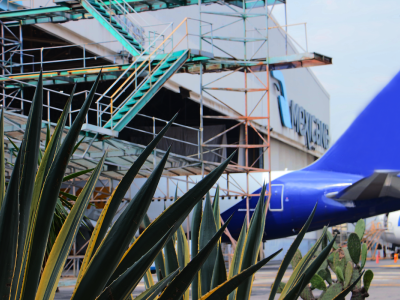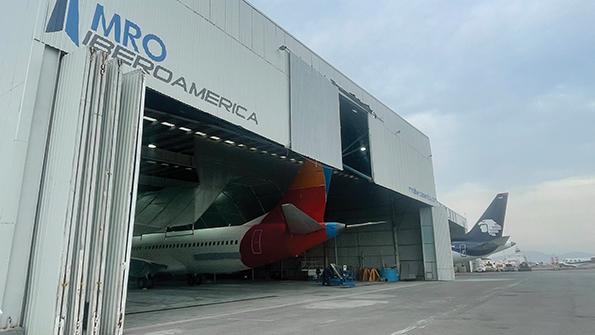
The Latin American aviation market is still struggling to get back on its feet after the COVID-19 pandemic, but MROs in the region may be uniquely positioned to take advantage of the recovery environment in the Americas. Regional airline and fleet growth, labor advantages and shifting supply chain strategies could provide opportunities for aftermarket providers in Latin America to attract business that North American companies would have normally won.
At Aviation Week’s recent MRO Latin America conference, Alton Aviation Consultancy Managing Director Jonathan Berger highlighted several factors that could lead to an aftermarket boom in the region.
Although widebody orders in Latin America dropped during the pandemic, Berger said narrowbody orders continue to be strong and the region’s fleet will grow by almost 900 aircraft over the next decade.
New entrants to the market will drive much of this growth. Berger noted that nearly 20 new startup airlines were established in the Americas during the pandemic, eight of which are based in Latin America, including Arajet, Ava Airways, Equair, Nella and Ultra Lineas Aereas.
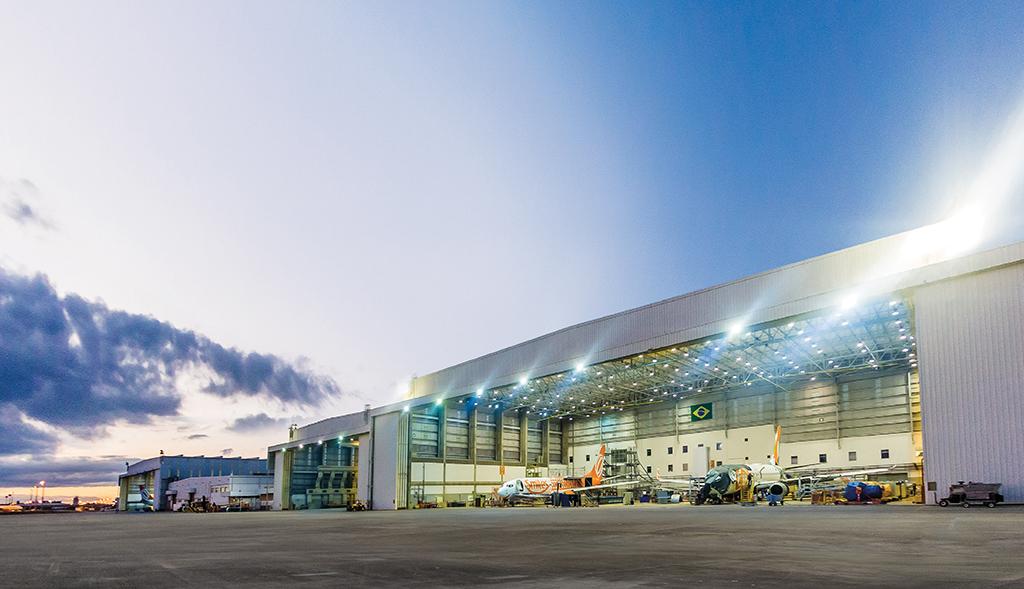
Berger pointed out that global supply chain gridlocks could lead North American companies to consider the growing aviation and supply chain infrastructure in Latin America. “I think we’re going to see Europe looking more toward Eastern Europe and North America looking more toward Mexico,” Berger said. “I think this is going to grow, and the pandemic is going to be a net positive for Mexico due to the rethinking of globalization and supply chain. Everybody is going to go toward a nearshore supply chain alternative to minimize risk.”
Berger said supply chain challenges and labor shortages drive limited hangar and engine shop capacity, which is pushing up costs in North America. As a result, MRO work is starting to migrate southward.
MRO Holdings, which operates several aftermarket subsidiaries across Latin America, estimates that nearly 4 million hr. of maintenance work have left the North American market since 2020. “That’s like 30-35 lines of maintenance that are no longer available in the U.S.,” said Greg Colgan, CEO of MRO Holdings. “Latin America is positioned wonderfully to take advantage of a tight U.S. market.”
Colgan pointed out that both U.S. and Latin American carriers have been scrambling to lock up capacity with MROs in the region as they consolidate to their most consistent work. He added that labor issues are contributing to work being driven south of the U.S. border.
“We have our numbers marked for our North Carolina and Florida facilities where we think the right sweet spot is. In Florida, we cut probably 600,000 hr. of capacity over the last two or three years due to labor availability,” Colgan said. “Down south in Mexico and El Salvador, we really haven’t had an issue. We’re seeing higher turnover in Mexico in the last 8-12 months, but in El Salvador we’ve actually been producing about 600 mechanics in the area.”
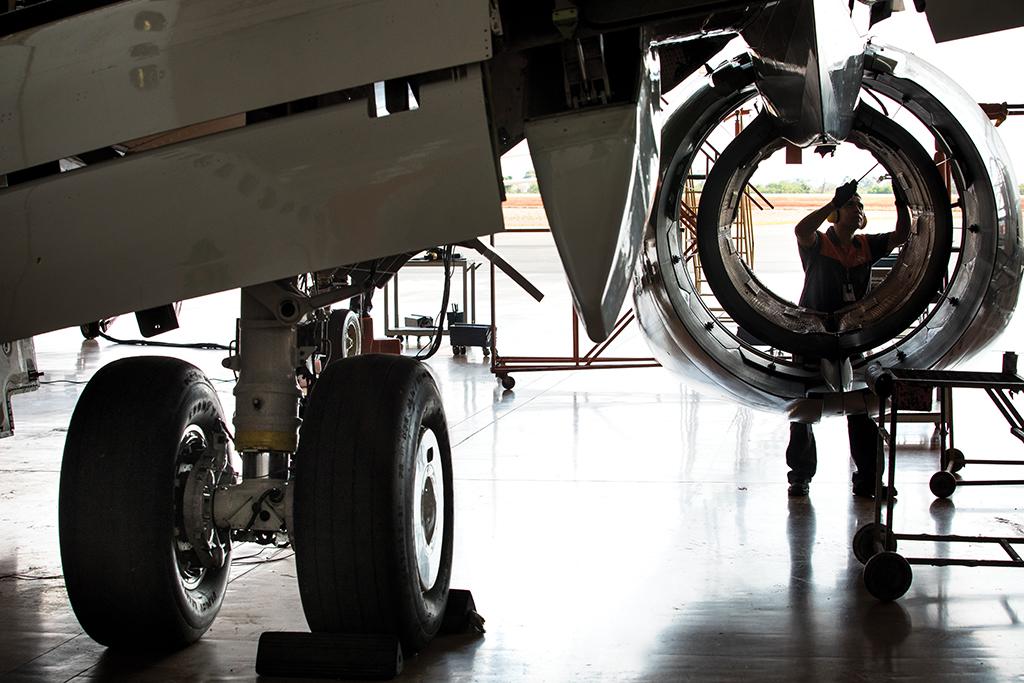
Mexicana MRO CEO Emilio Otero reported similar trends at his Mexico City-based company. Prior to the pandemic, Otero said Mexicana MRO barely had any U.S. customers. Now nearly 30% of its work comes from the U.S. It has added four continuous check lines.
However, Otero noted that local labor issues in Mexico have proved challenging. Unlike MROs in the U.S., aftermarket companies in Mexico did not receive government assistance during the pandemic to hang onto staff while work dried up. Otero says personnel who retired during the pandemic could not be rehired by the same company due to Mexican labor laws, so it has been hard to meet staffing needs as maintenance work returns. Despite this, Otero thinks Latin American MROs have an advantage over U.S. companies due to competitive labor rates.
Rafael Gomez Miaja, CEO of MRO Iberoamerica, said aftermarket companies in the U.S. were already squeezed by labor shortages, an older workforce and higher rates. “Latin America—and Mexico in particular—has a labor cost advantage, privileged location and younger and ‘hungrier’ population,” he said. “The aviation industry has the potential to pay very competitive wages in Latin America while being low cost for the international market, making it more attractive locally.”
While Miaja said some MRO Iberoamerica employees moved to the U.S. during pandemic uncertainty, the company has still found itself in a good position. As a startup, MRO Iberoamerica has been able to offer competitive packages and flexibility to attract workers laid off by other companies, he said. Miaja also pointed out that geographic, political and economic factors in Latin America are favorable for growing its MRO industry.
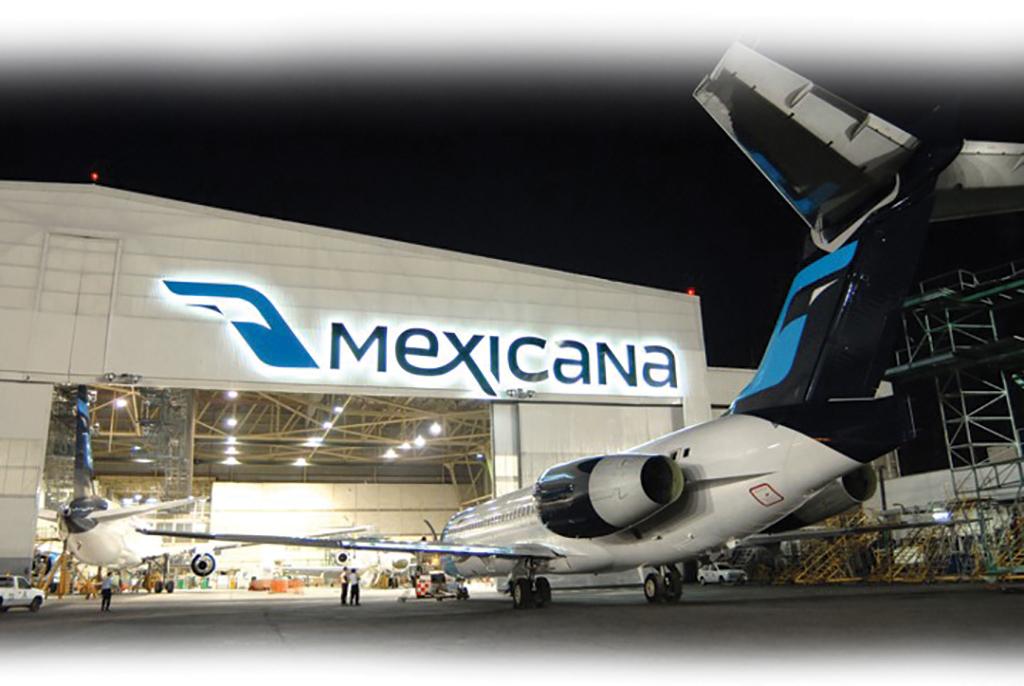
In Brazil, meanwhile, GOL Aerotech has had to make a strong business case to airlines located further north that could potentially look closer to home for maintenance providers.
“Geographically speaking, we’re kind of far from the main center of the American continent, but we can offer very good labor rates,” said Carlos Eduardo de Almeida, senior manager of business administration at GOL Aerotech. “It can become a trade-off for the customers located away from us, especially in Central America, Mexico and North America.”
Almeida tells Inside MRO that Brazil’s competitive labor rates are one of the factors that won GOL Aerotech recent work from carriers such as Panama-based Copa Airlines. He says GOL Aerotech performed five checks for the airline in 2021, and it is looking to grow its customer base in Central and North America.
“Most airlines are now putting their aircraft back into service due to the increased demand,” Almeida says. “They need velocity and low-cost services, and here in South America, we might be able to offer them very competitive man-hour rates—much less than in Central America and North America. We have opened new slots recently for painting and heavy checks at a very low-cost rate, and we believe this will bring us a lot of new customers.”






